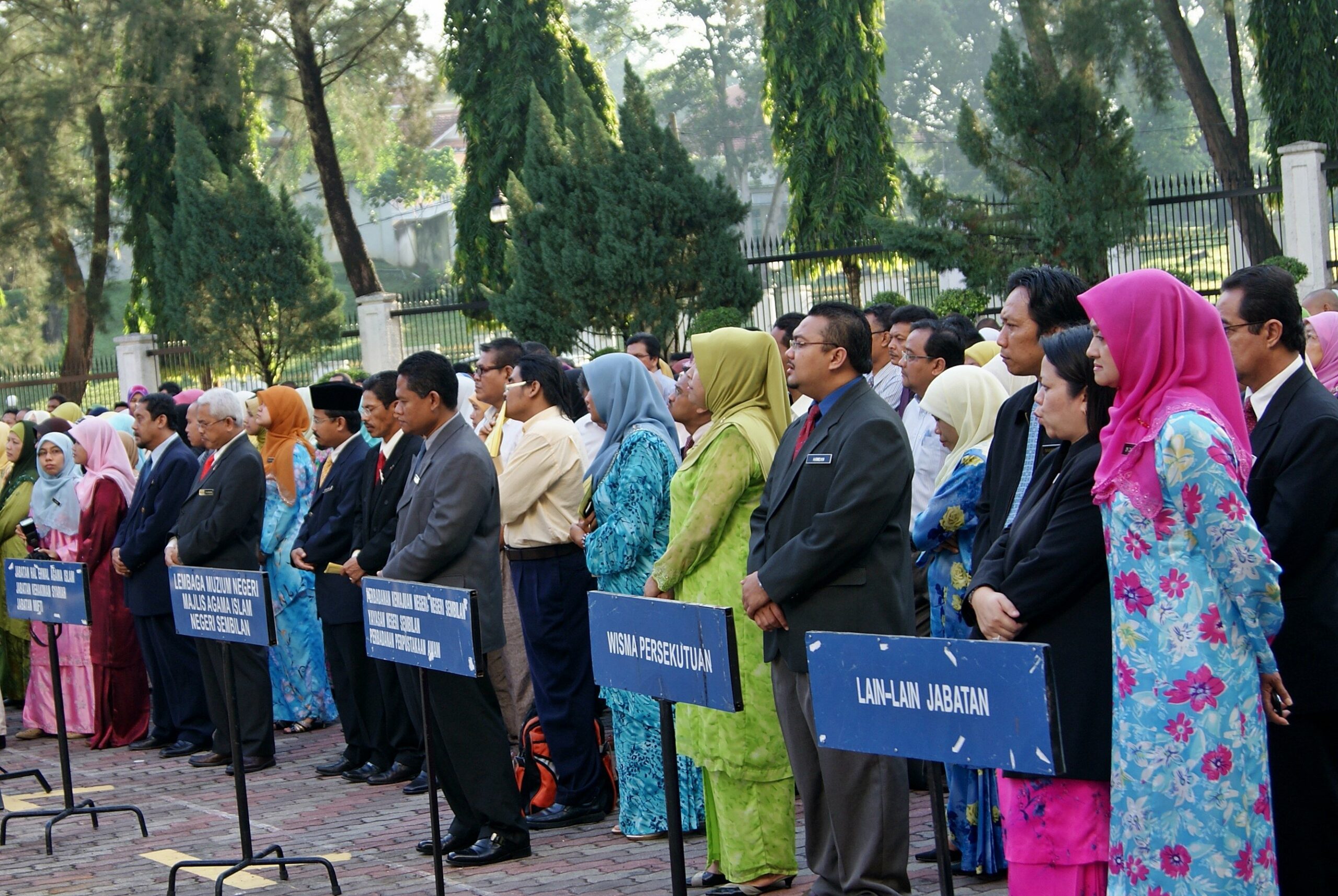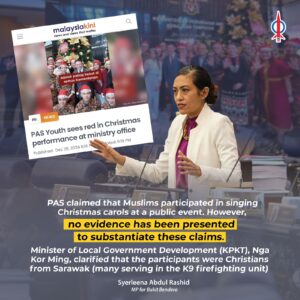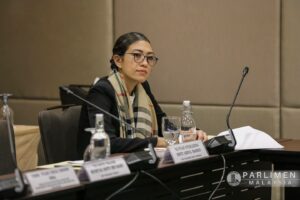
Every year when Malaysia celebrates 31 August and 16 September as national holidays, besides enjoying the fireworks, it should be a time for Malaysians to review the overall state and extent of the integration process the federation of Malaysia has reached. Report by Lam Choong Wah (executive editor, Chinese Rocket). Translated by T.K. Tan
At the onset the founding ideals to form Malaysia was based on the foundation of the Federation of Malaya, to form an entirely new federated country out of the entities. It was to gather together and utilize each entity’s resources and advantages to fight against communism and to lay the foundation of development for all the entities of Malaysia.
Beside the Malaysia Agreement that formalize the formation of Malaysia that was signed by the UK, Federation of Malaya, North Borneo (later known as Sabah), Sarawak and Singapore on 9th July 1963, several other documents also underpin the basis for the establishment of Malaysia. They were the 1962 Inter-Governmental Report (by the Lansdowne committee), 1962 Report of the Cobbold Commission and also the 18/20 Points Memorandum submitted by Sarawak and North Borneo.
Today the threat of communism has subsided; however that reality has not been reflected in the federation’s current development. The main cause for this drag: Malayan and Barisan Nasional’s hegemony. Contributing to this erosion of the spirit of the founding of Malaysia is the neglect and gradual modifications of the documents and agreement regarding the founding of the country.
In particular on the 18/20 Points memorandum, the first point mentions that though the official religion of the federation is Islam, Sabah and Sarawak will have no official religion. Today only Sarawak still observes this point in its state constitution; however Sabah on 27 September 1973 amended its constitution and adopted Islam as its official religion, ending its no official religion status.
On the 13th point, the chief executive of Sarawak and Sabah will be known as Prime Minister. However upon the formation of Malaysia, the post title was changed to Chief Minister.
On the 18th point, the head of Sabah and Sarawak was to be known as Yang Dipertua Negara. Upon forming Malaysia, Sabah continues to use the said title for its head of state; however Sarawak had changed it to Yang Di Pertua Negeri. What is the difference between the two?
The first title connotes the leader of an autonomous entity that is a part of the federation, while the Yang Dipertua Negeri is on par with states such as Penang and Melaka that do not have a sovereign. In other words the Yang DiPertua Negeri is lower than the Yang Dipertua Negara in status and stature. Under BN’s influence and pressure, Sabah changed the title to Yang Dipertua Negeri on 27 August 1976 which in effect lowers Sabah’s status as one of the founding entities of Malaysia to just one of its 13 states.
In order to bring about more centralization, Malaya’s UMNO, as the ruling party has on several occasions interfered into Sabah and Sarawak’s politics. The most notorious example was that of the 1966 Sarawak state constitutional crisis which led to the UMNO-led federal government to declare emergency over Sarawak. UMNO aided in removing the incumbent chief minister (Stephen Kalong Ningkan) and installed successive UMNO-friendly chief ministers that have persisted till now.
As for Sabah, from 1970s onward the BN federal government has been carrying out the notorious “Project IC” to subvert Sabah’s demographic composition, allowing its Muslim Bumiputera population to become the entity’s majority population and political base for UMNO. At the same time, in March 1994, BN engineered for Sabah’s legitimately elected state government under PBS to collapse with defections of PBS’s ADUNs within weeks of the conclusion of the state election. It was to begin a period of BN’s unsavoury intervention into Sabah’s internal politics.
If a country claims to carry out the spirit of federalism, it is important to observe that its political systems and policies also abide by the federalist principles, not just having a federalist tag as sufficient. Based on what has been happening in Malaysia since its founding, the federation of Malaysia is nominally a federal state. In reality whether it’s still a federalist state in substance is highly questionable.
(For a graphical look at the chronology of the evolution of the federal system of Malaysia,
please visit this page http://www.therocket.com.my/en/malaysias-federation-a-chronology/)
 18/20 Points Memorandum – some of the misses
18/20 Points Memorandum – some of the misses
Some of the other matters that Sabah and Sarawak drafted to protect their state’s rights have remained unfulfilled till this day:
Language – English should be the official language of both states, for all purposes state or federal, without limitation of time. Sabah adopted BM as the state official language in 1973, under pressure from the federal government
Education – The existing educational system of both states should be maintained and for this reason should be under state control. This right was surrendered upon formation of Malaysia for both Sabah and Sarawak
Borneonisation – Borneonisation of the public services should proceed as quickly as possible. Even in 2012 around 36 % of Sabah’s and 30 % of Sarawak’s federal management are still held by outsiders, mainly from Peninsular Malaysia.
Representation in Federal Parliament – This should take account not only of the population of North Borneo but also its size and potentialities and in any case should not be less than that of Singapore. After Singapore left the federation, Sabah’s and Sarawak’s proportion of the parliamentary seats were not increased. This left the two states with only 25% of the seats, down from 34% at the onset of the formation.



